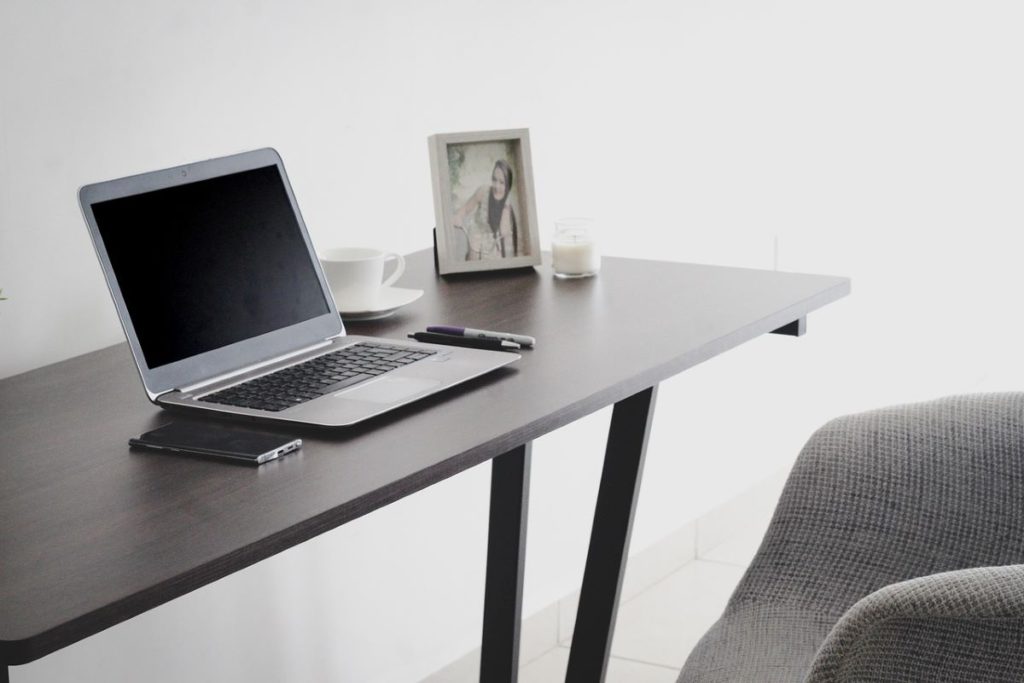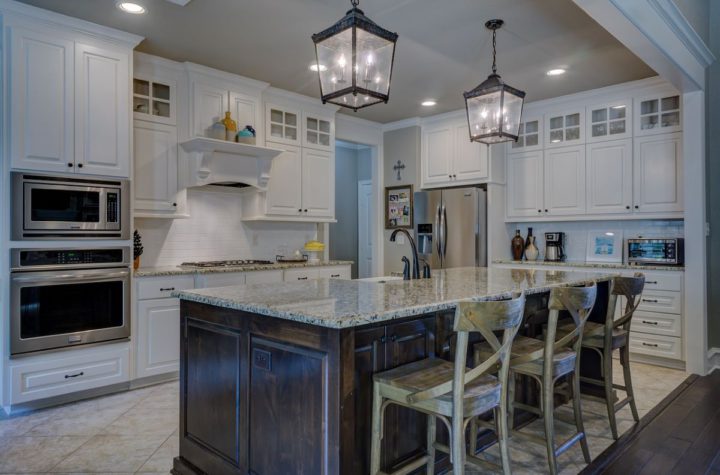
Amidst the dynamic and continually evolving realm of modern work, the significance of a meticulously crafted office space remains paramount. Whether you’re an entrepreneur, a freelancer, or part of a larger organisation, your workspace significantly impacts your productivity, creativity, and overall well-being. Designing your dream office space is much more than aesthetics; it’s about creating an environment that increases your focus, inspires you, and makes you more efficient. Here, we’ll explore some essential tips to help you craft the perfect workspace tailored to your needs and preferences.
Define Your Needs and Objectives
Before diving into the design process, take the time to identify your specific needs and objectives. Consider the nature of your work, the tools and equipment you require, and any ergonomic considerations. Are you a graphic designer needing ample desk space for a drawing tablet? Or perhaps you’re a writer who values a quiet, serene environment. Understanding your unique requirements will guide the design decisions and ensure that your office space aligns with your goals.
Prioritise Comfort and Ergonomics

Comfort is paramount when designing your dream office space. Invest in ergonomic furniture, including a supportive chair and a desk at the appropriate height, to prevent strain and promote good posture. Consider factors like lighting, temperature control, and air quality to create a comfortable and conducive work environment. A well-designed workspace should prioritise both physical and mental well-being, allowing you to work efficiently without sacrificing comfort.
Optimise Layout and Organisation
Efficient utilisation of space is crucial in any office design. Collaborating with London interior designers can offer invaluable expertise in maximising layout and organisation tailored to your needs. Consider the flow of your workspace and how you navigate within it. Arrange furniture strategically to facilitate smooth transitions between different work zones. Consulting with experts in office interior design in London ensures a layout that optimises functionality and productivity. Implementing effective storage solutions can also help to keep clutter at bay and maintain a tidy, organised environment. A well-organised workspace enhances efficiency and fosters a conducive atmosphere for focused work.
Incorporate Personalisation and Inspiration
Your office space should reflect your personal style and inspire you to be the best. Inject elements of personalisation through artwork, photographs, or décor that resonate with you. Choose colours and textures that evoke positive emotions and stimulate creativity. Consider integrating plants or natural elements to bring a touch of greenery and vitality into your workspace. Surrounding yourself with objects that inspire and uplift can fuel your motivation and enhance your overall well-being.
Harness Natural Light
Natural light has a profound impact on mood, productivity, and overall health. Whenever possible, prioritise access to natural light in your office design. Position your desk near windows to maximise daylight exposure and create a bright, inviting atmosphere. If natural light is limited, invest in quality lighting fixtures that mimic natural daylight and provide adequate illumination without causing glare or eye strain. A well-lit workspace can boost energy levels and enhance concentration, leading to increased productivity and satisfaction.
Embrace Technology and Connectivity
In today’s digital age, technology plays a central role in our work lives. When designing your dream office space, ensure that it’s equipped with the necessary technology and connectivity solutions to support your workflow. Invest in high-speed internet, ergonomic computer peripherals, and cable management systems to minimise clutter and streamline your setup. Consider incorporating charging stations and outlets strategically throughout the space to keep your devices powered and accessible at all times.
Create Zones for Focus and Collaboration
A well-designed office space should cater to different modes of work, from focused individual tasks to collaborative projects. Create designated zones within your workspace to accommodate various activities and preferences. A quiet area with minimal distractions is ideal for tasks that require deep concentration, while communal areas can foster collaboration and idea-sharing among team members. Strike a balance between privacy and openness to cater to different work styles and preferences.
Prioritise Flexibility and Adaptability
Flexibility is essential in today’s fast-paced work environment, where needs and priorities can change rapidly. Design your office space with adaptability in mind, allowing for easy reconfiguration and customisation as your requirements evolve. Choose modular furniture that can be easily rearranged or expanded to accommodate growth or changing work dynamics. Incorporate versatile storage solutions that can adapt to different organisational needs and keep pace with your evolving workflow.
All in all, designing your dream office space is a deeply personal and rewarding endeavour. By incorporating these tips into your design process, you can create a workspace that not only meets your practical needs but also inspires creativity, fosters productivity, and promotes overall well-being. Whether you’re carving out a corner in your home or revamping a commercial office, thoughtful planning and attention to detail will ensure that your office space reflects your vision and supports your goals for success.




More Stories
Trend in Commercial Property Market
The Role of a Home Interior Designer
Enhance Tree Growth with Wire Guards